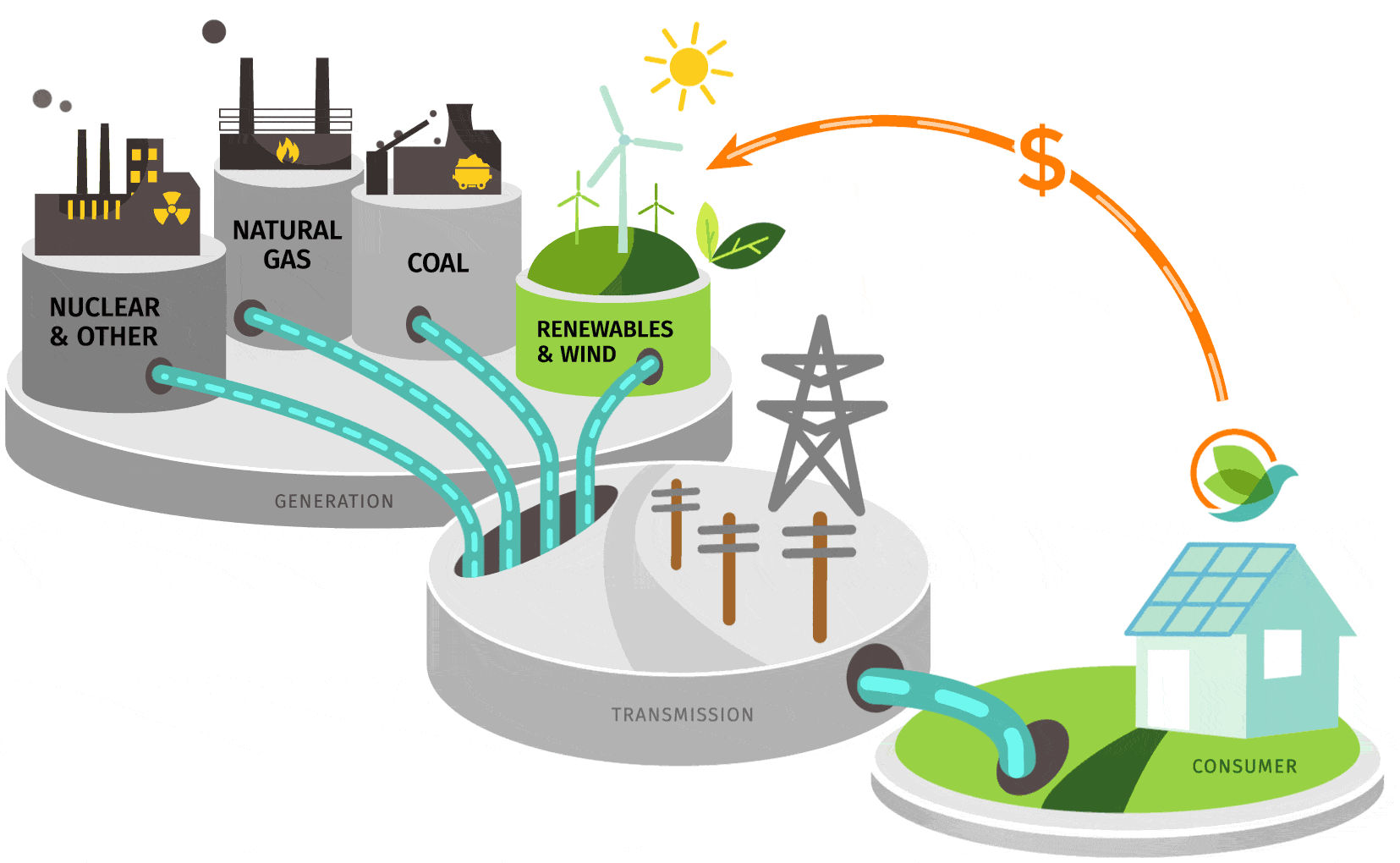The global Waste to Energy market is expected to witness substantial growth, with projections indicating a rise from USD 41,343.43 million in 2023 to USD 88433.42 million by 2033, reflecting a Compound Annual Growth Rate (CAGR) of 7.09% throughout the forecast period 2024-2033.
Introduction
The Waste to Energy market represents a sustainable solution to two pressing global challenges: waste management and energy generation. By converting waste materials into valuable energy resources, Waste to Energy (WtE) technologies not only mitigate environmental pollution but also contribute to the diversification of energy sources. This comprehensive overview delves into the dynamics of the Waste to Energy Market, exploring its demand drivers, key growth opportunities, development trends, and future forecasts.
1. Understanding Waste to Energy
Waste to Energy (WtE) technologies encompass a range of processes that convert various types of waste materials into heat, electricity, or fuel. These technologies include incineration, gasification, pyrolysis, anaerobic digestion, and landfill gas recovery. WtE facilities utilize municipal solid waste (MSW), biomass, agricultural residues, industrial waste, and sewage sludge as feedstock to generate energy while minimizing the environmental impact of waste disposal.
2. Demand Drivers
Several factors drive the demand for Waste to Energy solutions:
- Rising Waste Generation: Rapid urbanization, population growth, and industrialization contribute to increasing volumes of waste generation globally, necessitating sustainable waste management solutions.
- Energy Security: WtE technologies offer an alternative energy source, reducing dependence on fossil fuels and enhancing energy security by utilizing locally available waste resources.
- Environmental Regulations: Stringent environmental regulations and waste management policies, aimed at reducing landfilling and mitigating greenhouse gas emissions, drive the adoption of WtE technologies.
- Circular Economy Initiatives: Growing emphasis on the circular economy and resource efficiency encourages the recovery of energy and materials from waste streams, fostering a closed-loop approach to waste management.
- Renewable Energy Targets: Government mandates, renewable energy targets, and incentives for clean energy deployment incentivize investment in WtE projects as part of national energy transition strategies.
- Waste Valorization: Increasing recognition of the economic value of waste materials as a resource for energy recovery and material recycling drives investment in WtE technologies.
- Public Health Concerns: Addressing public health risks associated with uncontrolled waste disposal, such as air and water pollution, odor nuisance, and disease transmission, motivates the adoption of WtE solutions.
- Urbanization and Land Constraints: Limited land availability for landfilling in urban areas and concerns about groundwater contamination necessitate alternative waste management options, such as WtE.
3. Key Growth Opportunities
The Waste to Energy market offers several growth opportunities:
- Technological Advancements: Continued research and development efforts drive innovation in WtE technologies, leading to higher efficiency, lower emissions, and broader feedstock compatibility.
- Integrated Waste Management Systems: Integration of WtE facilities with recycling, composting, and material recovery facilities enables holistic waste management solutions that maximize resource recovery and minimize landfilling.
- Regional Expansion: Expansion of WtE infrastructure in emerging markets, driven by rapid urbanization, industrial growth, and increasing waste generation rates, presents opportunities for market penetration and investment.
- Public-Private Partnerships: Collaboration between governments, private sector entities, and international organizations facilitates investment in WtE projects, technology transfer, and capacity-building initiatives.
- Community Engagement and Education: Public awareness campaigns, community engagement programs, and educational initiatives promote acceptance and understanding of WtE technologies, addressing public concerns and misconceptions.
- Decentralized WtE Solutions: Deployment of decentralized WtE solutions, such as small-scale gasification or anaerobic digestion plants, in remote or rural areas improves waste management and energy access.
- Waste Valorization Technologies: Advancements in waste sorting, preprocessing, and valorization technologies enable the extraction of high-value materials and energy from diverse waste streams, enhancing the economic viability of WtE projects.
- Market Diversification: Diversification of revenue streams through the sale of electricity, heat, or renewable fuels produced from WtE processes enhances the financial attractiveness and sustainability of WtE projects.
4. Development Trends
Several development trends shape the evolution of the Waste to Energy market:
- Emergence of Advanced Conversion Technologies: Gasification, pyrolysis, and plasma arc gasification technologies offer more efficient and environmentally sustainable alternatives to traditional mass-burn incineration, enabling the conversion of various waste types into syngas, biochar, or synthetic fuels.
- Focus on Resource Recovery: Integrated WtE facilities with material recovery and recycling capabilities prioritize resource recovery, maximizing the extraction of recyclable materials, metals, and organic matter from waste streams.
- Decentralization and Modularization: Modular WtE systems and containerized units enable decentralized waste processing and energy generation, offering flexibility, scalability, and rapid deployment in diverse geographic locations.
- Circular Economy Integration: WtE facilities play a key role in the circular economy by closing the loop on waste management, recovering energy and materials from waste streams, and minimizing reliance on virgin resources.
- Energy Storage Integration: Integration of energy storage systems, such as batteries or thermal storage, with WtE plants enables grid stability, demand response, and renewable energy dispatchability, enhancing the integration of WtE into the energy transition.
- Digitalization and Automation: Adoption of digitalization, remote monitoring, and predictive maintenance technologies optimizes WtE plant operations, enhances process efficiency, and reduces downtime, improving overall plant performance and profitability.
- Bioenergy and Biofuel Production: Anaerobic digestion and biochemical conversion technologies produce biogas, biomethane, or biofuels from organic waste materials, contributing to renewable energy production and reducing greenhouse gas emissions.
- Policy and Regulatory Support: Supportive policy frameworks, incentives for renewable energy production, carbon pricing mechanisms, and landfill diversion targets drive investment in WtE projects and technology deployment.
Receive the FREE Sample Report of Waste to Energy Market Research Insights @ https://stringentdatalytics.com/sample-request/waste-to-energy-market/13395/
Market Segmentations:
Global Waste to Energy Companies Covered:
Covanta
SUEZ
WIN Waste Innovations
Veolia
China Everbright
EEW
Attero
Paprec
AEB Amsterdam
Viridor
AVR
Tianjin Teda
Shanghai Environment
CNTY
Grandblue
Sanfeng Environment
Global Waste to Energy Market: By Type
Thermal Technologies
Biochemical Reactions
Global Waste to Energy Market: By Application
Waste Disposal
Energy
Others
Regional Analysis of Global Waste to Energy Market
All the regional segmentation has been studied based on recent and future trends, and the market is forecasted throughout the prediction period. The countries covered in the regional analysis of the Global Waste to Energy market report are U.S., Canada, and Mexico in North America, Germany, France, U.K., Russia, Italy, Spain, Turkey, Netherlands, Switzerland, Belgium, and Rest of Europe in Europe, Singapore, Malaysia, Australia, Thailand, Indonesia, Philippines, China, Japan, India, South Korea, Rest of Asia-Pacific (APAC) in the Asia-Pacific (APAC), Saudi Arabia, U.A.E, South Africa, Egypt, Israel, Rest of Middle East and Africa (MEA) as a part of Middle East and Africa (MEA), and Argentina, Brazil, and Rest of South America as part of South America.
Click to Purchase Waste to Energy Market Research Report @ https://stringentdatalytics.com/purchase/waste-to-energy-market/13395/?license=single
Forecasts
Forecasts for the Waste to Energy market indicate continued growth and expansion:
- Market Size: The global Waste to Energy market is projected to grow at a compound annual growth rate (CAGR) of X% from 2022 to 2028, reaching a market value of $XX billion by the end of the forecast period.
- Regional Analysis: Asia-Pacific is expected to dominate the WtE market, driven by rapid urbanization, industrialization, and government initiatives to address waste management challenges. Europe and North America are also significant markets, with mature WtE infrastructure and stringent environmental regulations.
- Technology Trends: Gasification and anaerobic digestion technologies are expected to witness significant growth, supported by advancements in feedstock flexibility, process efficiency, and environmental performance.
- Feedstock Types: Municipal solid waste (MSW) remains the primary feedstock for WtE projects, accounting for the majority of waste processed. However, increasing emphasis on organic waste diversion and food waste valorization drives growth in anaerobic digestion and composting technologies.
- End-user Industries: The municipal sector remains the largest end-user segment for WtE technologies, followed by industrial and commercial sectors. Increasing adoption of distributed WtE solutions in remote or off-grid locations presents new market opportunities.
- Regulatory Landscape: Stringent environmental regulations, landfill diversion targets, and carbon pricing mechanisms incentivize investment in WtE projects, driving market growth and technology deployment.
FAQs about Waste to Energy
Q1. What is Waste to Energy? A1. Waste to Energy (WtE) refers to technologies that convert various types of waste materials into heat, electricity, or fuel, contributing to both waste management and renewable energy production.
Q2. How does Waste to Energy work? A2. Waste to Energy technologies include incineration, gasification, pyrolysis, anaerobic digestion, and landfill gas recovery, which convert waste materials into energy through thermal, chemical, or biological processes.
Q3. What are the environmental benefits of Waste to Energy? A3. Waste to Energy helps reduce greenhouse gas emissions, minimize landfilling and leachate pollution, recover valuable energy resources from waste streams, and contribute to the circular economy by closing the loop on waste management.
Q4. What types of waste can be used for Waste to Energy? A4. Waste to Energy technologies can utilize various types of waste materials, including municipal solid waste (MSW), biomass, agricultural residues, sewage sludge, industrial waste, and landfill gas.
Q5. What role does Waste to Energy play in the transition to a low-carbon economy? A5. Waste to Energy contributes to the transition to a low-carbon economy by reducing reliance on fossil fuels, mitigating greenhouse gas emissions, promoting renewable energy production, and supporting sustainable waste management practices.
Conclusion
The Waste to Energy market represents a sustainable solution to the dual challenges of waste management and energy generation, offering environmental, economic, and social benefits. With increasing waste generation rates, growing energy demand, and regulatory pressures to reduce landfilling and carbon emissions, WtE technologies are poised for significant growth and expansion. By harnessing the energy potential of waste materials and promoting resource recovery, Waste to Energy plays a vital role in the transition to a circular economy and a more sustainable future.
About Stringent Datalytics
Stringent Datalytics offers both custom and syndicated market research reports. Custom market research reports are tailored to a specific client’s needs and requirements. These reports provide unique insights into a particular industry or market segment and can help businesses make informed decisions about their strategies and operations.
Syndicated market research reports, on the other hand, are pre-existing reports that are available for purchase by multiple clients. These reports are often produced on a regular basis, such as annually or quarterly, and cover a broad range of industries and market segments. Syndicated reports provide clients with insights into industry trends, market sizes, and competitive landscapes. By offering both custom and syndicated reports, Stringent Datalytics can provide clients with a range of market research solutions that can be customized to their specific needs.
Reach US
Stringent Datalytics
+1 346 666 6655
Social Channels:




Leave a Reply